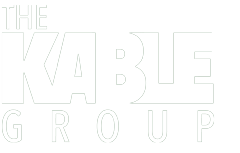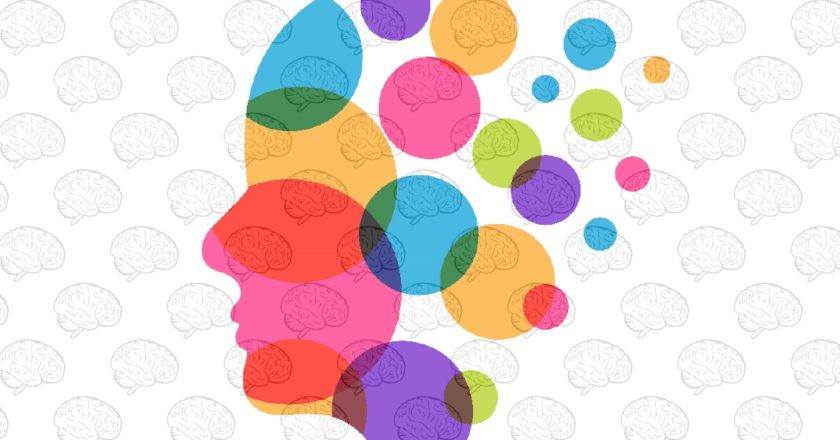ADA Interactive Process: Back to Basics
ADA Interactive Process: Back to Basics
By Janice Pintar
Passed almost thirty years ago, the Americans with Disabilities Act (ADA) was the first comprehensive federal law that addressed the needs of individuals with disabilities by prohibiting discrimination in employment, communications, public services, and public accommodations. Modeled in large part after the Civil Rights Act of 1964, Title I of the ADA generally prohibited discrimination against employees with disabilities but also imposed additional obligations for employers to provide reasonable accommodations for their employees with disabilities.
Despite the important public policy behind the ADA and the general support it received, the ADA has proved to be one of the more difficult and time-consuming laws for employers from...





